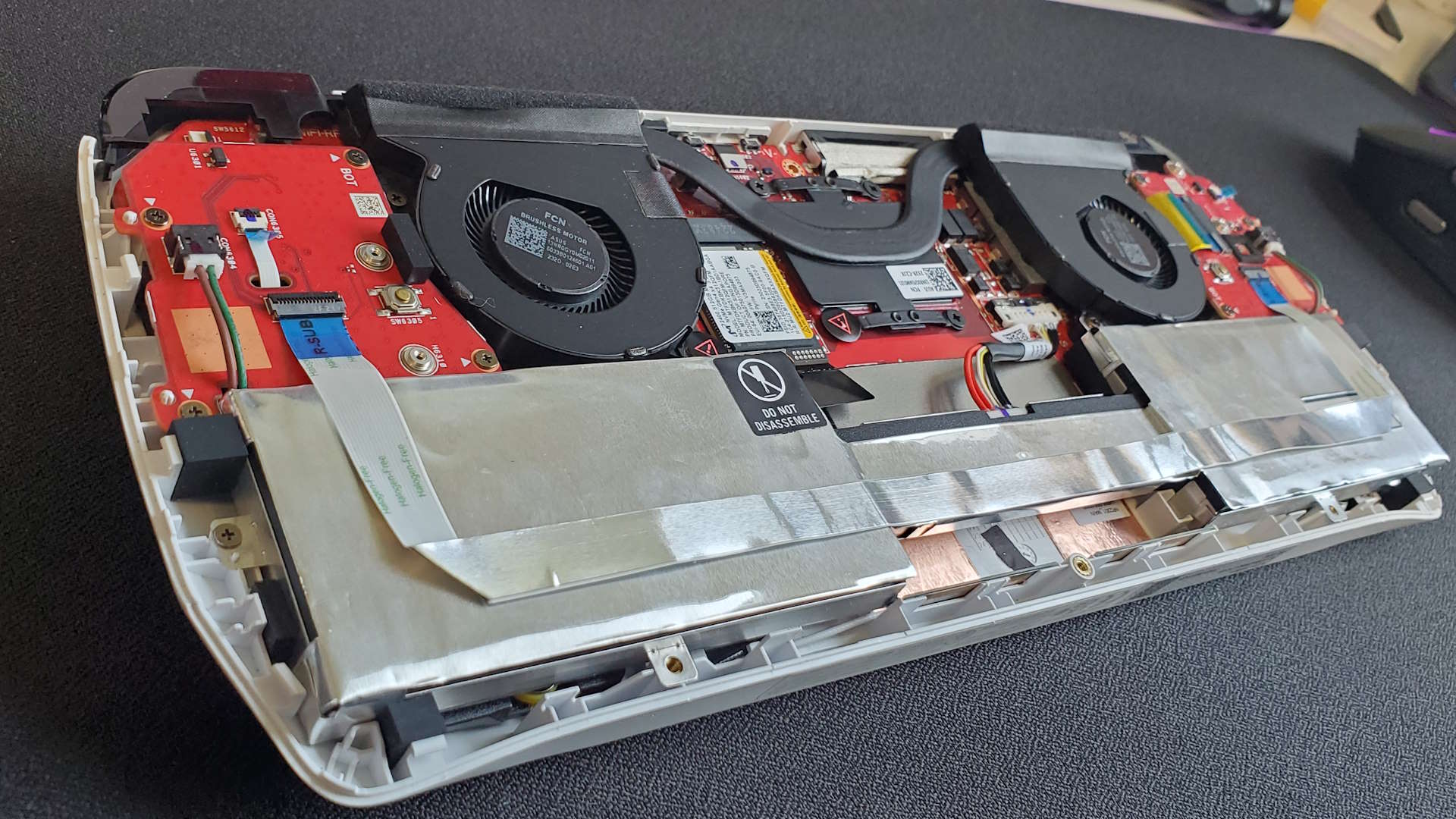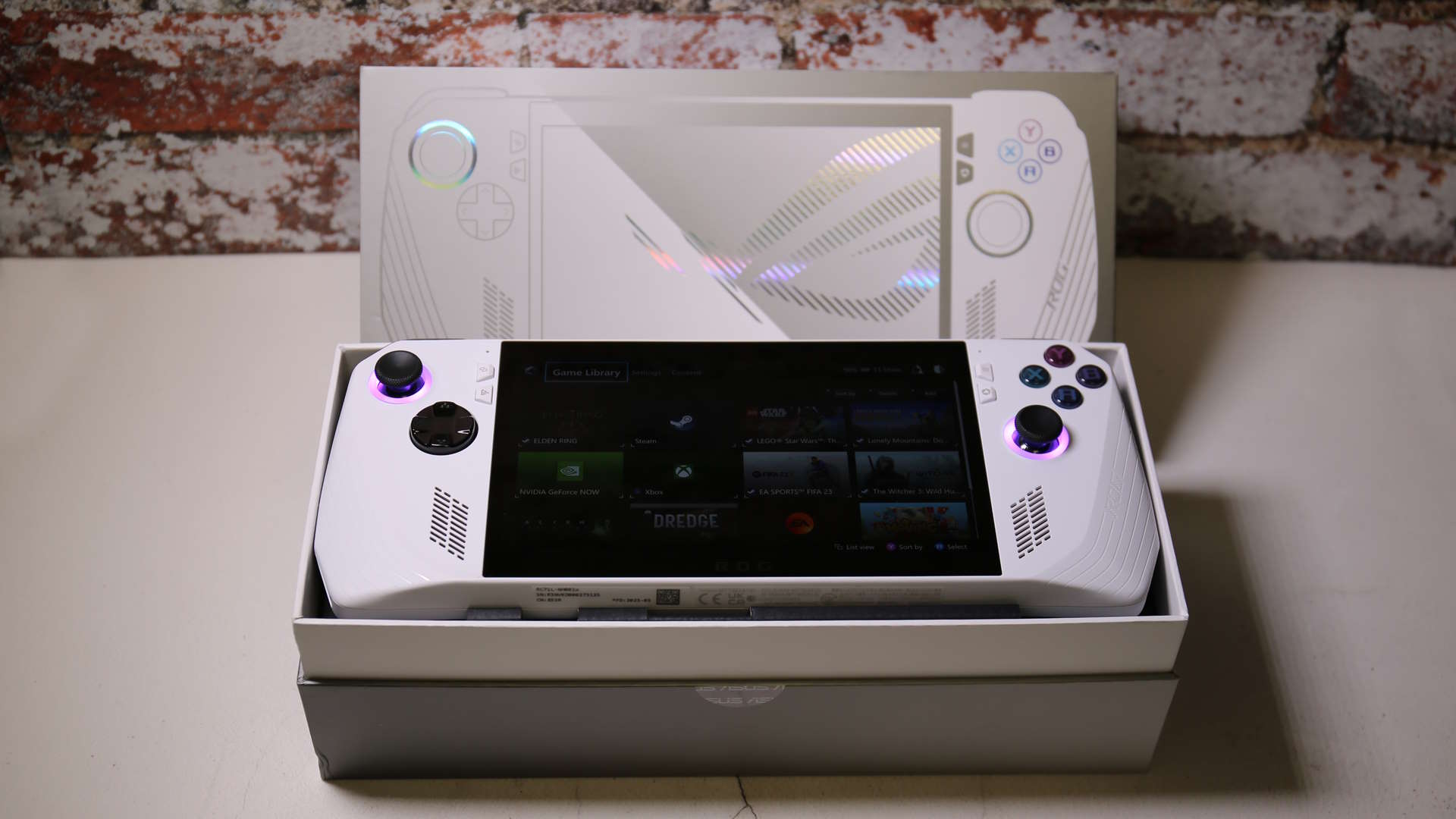
Almost a week on from a Gamers Nexus video detailing its own, and many others' terrible RMA experiences with Asus' customer support, the company has finally released a statement addressing what it calls "some gaps in our RMA communication process in the US and Canada."
And it's still not a good look.
I've said this to Asus myself; it's a pretty damned tone deaf response to the issue. Its statement, which you can read in full below, seemingly absolves itself of any problems within the process beyond poor communication, and effectively lays the issue at the door of customers getting confused and not understanding how it all works.
Enhancing Our RMA Communication Processes in US and Canada
Recent feedback has highlighted some gaps in our RMA communication process in the US and Canada. We deeply apologize to our customers and the community for any confusion and frustration they might have experienced from this. We have taken your feedback to heart and are committed to making improvements.
We want to assure our customers that any repairs covered under the manufacturer's limited warranty have always been and will continue to be free of charge. It is never the intent of ASUS to charge any customers a fee that does not directly address the device malfunctions they are experiencing. We now recognize that the current process and the language used does not adequately convey this information. We are working diligently to make changes in the best interest of our customers.
In addition to addressing issues on an individual basis with our customers that have come forward, we are also making changes to our RMA process. Effective May 16th, 2024, we will implement the following actions to optimize the customer repair experience:
- We are revising our repair pricing structure for out-of-warranty products; this includes a thorough review process for any abnormal pricing to ensure consistency, transparency and fairness.
- Currently, we perform a full analysis of devices sent for RMA, and send customers a comprehensive list of available repairs, free and paid, in our messaging to customers. We understand this may have caused confusion when a customer has only ordered a specific repair. We will no longer automatically offer repair quotations for cosmetic imperfections unless they affect the device’s functionality or are specifically asked for by the customer.
- We will update the verbiage of our automatic emailing system for improved clarity, so our customers always know what repairs will be offered for free, and the terms and conditions relevant to the device in question.
If you need further assistance with your repair, please contact us at 1-888-678-3688 (U.S. and Canada) or visit the ASUS Support website at https://www.asus.com/us/support/ to reach us. We are dedicated to resolving your concerns and ensuring your satisfaction.
To give a quick explanation of how the situation got to this point, Asus was the subject of a video by GN, bluntly titled: "Asus scammed us." Except with more capital letters. Having received what it says are "at least dozens, if not multiple hundreds of emails" from people who have experienced problems with many different Asus products, detailing their frustrating RMA issues with the company, GN decided to put it to the test themselves.
The channel anonymously sent in its own Asus ROG Ally device, which had a bust thumb stick, which they detailed as part of the RMA, and a broken SD slot, which many of these devices have and is the subject of a historical ROG Ally issue. It documented the state of the device with high-resolution images, inside and out, and packaged it as per Asus' RMA guidelines.
The problems began when the response from the repair centre came back, specifically not acknowledging the in-warranty problem it was sent in for, and stating that the device needed a near $200 fix for "customer induced damage" which wasn't covered under warranty.
The issue surrounded some slight damage to the case, which required a complete replacement of the LCD screen. The damage in question was a tiny ding in the plastic after GN opened the device to remove the SSD prior to shipping it back.
The time pressure the end user was put under to respond to the repair quote, which still made no reference to the original problem, was pretty off, as was the seeming threat that if this repair was refused the device would be shipped back and it might well come back completely disassembled.
It was only when the errant repair was denied, and far too far along in the communication process, that someone acknowledged that they would have to check if the repair centre was still okay to do the in-warranty repairs the device had been originally sent in for. Which it then was.

Ultimately, GN got its ROG Ally back, with a full fix in place done under warranty. Both thumbsticks were replaced, the motherboard was replaced to fix the problem with the SD card slot, and essentially everything except the LCD screen came back new and in working order.
Were this an isolated incident you could maybe give Asus a bit of a pass on this, as it did get around to the repair eventually, though only after an erroneous paid-for repair was offered first. But it's not. In fact, the behaviour around offering up ludicrously expensive repairs—what it refers to in its statement as "abnormal pricing"—seems like a deliberate, institutional one.
Tom's Hardware reported a user's experience in Canada shipping back an RTX 4090 that needed its 16-pin power connector replaced because the clip was chipped, affecting its secure housing of a power cable. While the card was still functional, the wider problems around that connector on Nvidia cards has been well documented. The user, however, was not expecting a bill for more than the price of the card itself.
They had paid around $2,000 for the card and were now being asked to cough up nearly $2,750 to have the thing repaired.
Anecdotally, there are other Asus RMA issues listed in the comments of the GN video and the Tom's Hardware story, making it feel rather systemic, and not the result of poor communications and user confusion after all.
Asus' statement claims it will no longer "offer repair quotations for cosmetic imperfections unless they affect the device’s functionality," which it says was confusing people, and will only offer the repairs the product was RMA'd for.
The fact that Asus is refusing to acknowledge any problem directly, and is instead just calling it an issue of misunderstood communication feels wide of the mark. And, honestly, makes me feel pretty uncomfortable about recommending Asus products right now. Which is a shame, because we do like the things it makes, but when we can't be confident that any problems will be dealt with professionally and succinctly, it makes it a tough call for us.
We've spoken to Asus about this and have asked the question directly. How can we, as a publication, continue to recommend Asus hardware in light of all the issues around customer support? If we hear anything back, we'll let you know. Until then, I probably wouldn't be spending a ton of money on an Asus product if I wanted any post-sale support.







